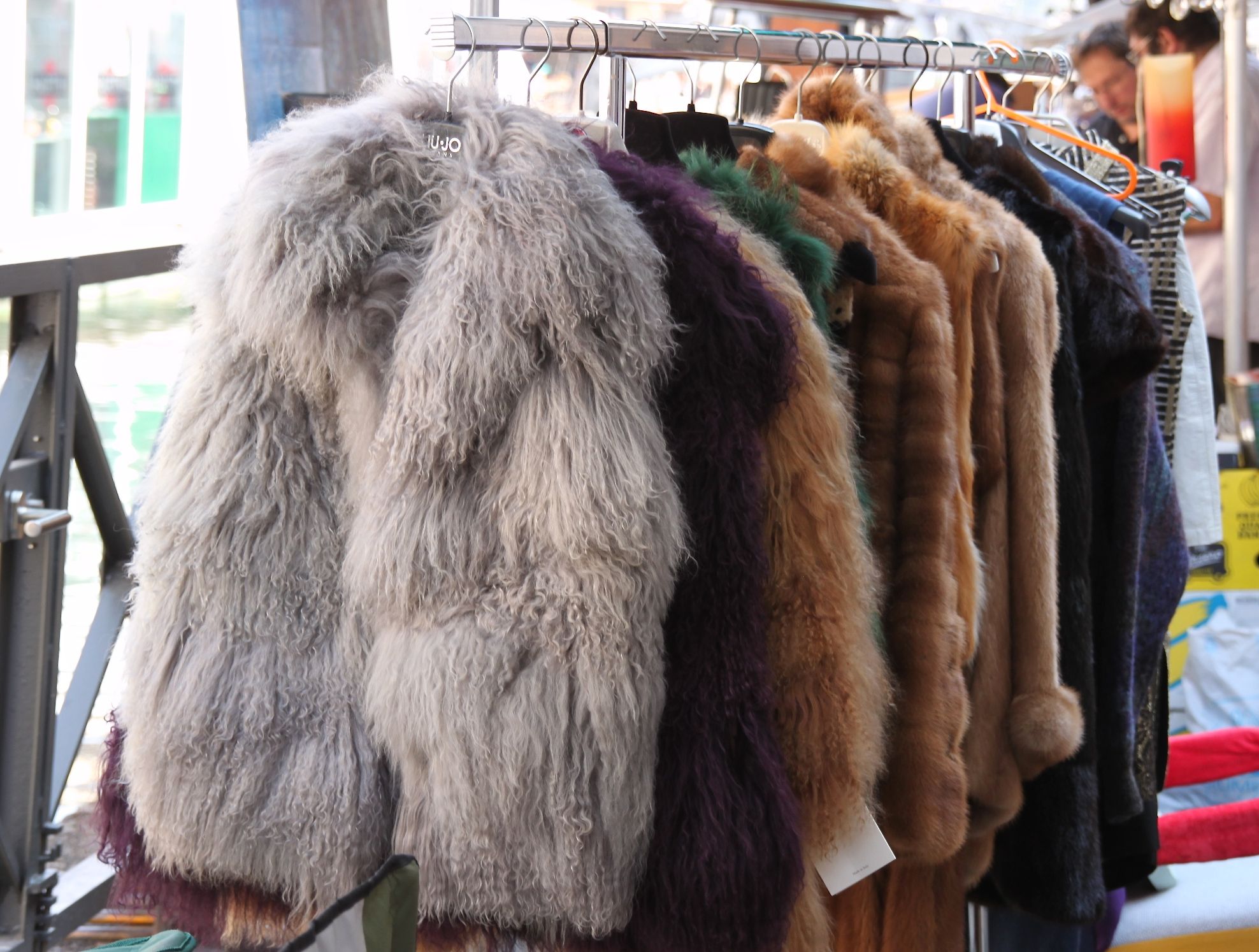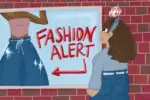If you are aware of the cruel practices against animals and actively want to prevent further mistreatment towards them, and even if you do not classify yourself as a vegan, you can still actively make an effort to reduce or remove non cruelty-free clothing from their wardrobe. Many clothing items are made from animals and the public is unaware of or ignores the problem for the sake of fashion. However, we kill these animals not only for meat but also for fashion materials such as leader or suede.
Often, animals are slaughtered, dismembered and skinned while still being alive without any painkillers. Specifically for sheep, people use shearing, which involves an instrument similar to gardening to harvest wool and usually wound the animal due to the high speed of the tool for higher efficiency and more product. No regard is paid to the the animal they could potentially harm. The shears can easily cut too close to the skin and break it. Sheep bred for this reason are usually killed after one shearing and it takes 25 to 45 sheep hides to make one shearling garment. That’s only for sheep. You can find out more similar cases from a simple google search. A cruel process exists in the industry, yet consumers continue to purchase products made from animals because it is a societal norm. However, there are many ways to transition your wardrobe to a cruelty-free one without compromising your fashion taste.
Your first step should be going through your closet and looking for items that are not cruelty-free. The best way to find out about the origin of the garment is to check labels for the materials listed. Shoe labels can be found on the inside of the heel or under the tongue, while clothing labels are around the waist, neck or bottom of the item. The materials you should avoid are: leather, suede, feathers, alligator skin, snakeskin, kangaroo skin, silk, wool, angora, pashmina, cashmere, shearling, camel hair, mohair, alpaca, fleece, fur trim and down.
Most items with these materials should be easy to spot, but some can be deceiving. You may notice most of your accessories will need to be tossed. Leather is commonly found in most closets and used in many items from your shoes to your belts. There are many cruelty-free materials you can wear in place of the ones mentioned above such as faux leather and faux fur. They do not compromise an animal’s life and can give you a similar appearance.
After you have organized your closet, you will have many items you can either toss in the trash, donate or sell. Your decision will depend largely on your ethical standpoint and personal needs. If you do not have much clothing left after this cleanse, you might consider selling so you can afford buying new items. Some good apps for selling items are letgo, Tradesy and Decluttr. Fashionphile is the site to go to if you have high-quality, designer items you want to sell. If you firmly believe no item should be wasted, donate your items to places such as The Salvation Army. There are many options for removing these items from your life, so choose what is best for you personally.
Once you have removed old items from your closet, the next step is to shop for any cruelty-free items you need. Most stores have vegan options available for purchase. H&M, Forever 21 and Free People as well as many other clothing stores in your local mall may have vegan clothing available. Even though some stores offer vegan items, their whole display might not be vegan, so it is important to continue checking labels.

When you buy from brands that sells a combination of both animal and vegan products, you are contributing to the financial production of non-vegan items as well. The best option is to purchase from completely vegan companies, but any step toward limiting the use of animal products in clothing is a great step ethically. There are online vegan retailers such as Alternative Outfitters, Mooshoes and Vegan Chic. You can easily check online to see if a company is trademarked vegan, which means they are a 100 percent vegan and cruelty-free company.
For some, the process of transforming your wardrobe can take up to a year, and that is okay! The best decision you can make each day is to not buy any additional products made from animals to at least stop contributing to the companies with cruel practices. The process can be a big shift financially, ethically and even emotionally since you are parting with items that do not match your morals anymore. Personally, I am still transitioning my wardrobe to being completely cruelty-free and I have consumed a vegan diet for a year, and I can understand how you feel. Animals are involved in so many aspects of our lives and it does take time to rid the negative influences of consuming animal products. They are used in our food, clothing, cosmetics and many more. This is an upsetting reality, and making efforts to change that reality is worth the time when considering the differences you are making in an animal’s life.
A common misconception is that fashion pieces use by-products of the slaughtering process; it is actually a co-product. Some Indian cows are specifically bred for leather used in luxury brands. If you struggle giving up a fur coat or your favorite leather jacket, begin to think about the bigger picture. Your decision to eliminate animal clothing in your daily life makes an impact ethically. Even though everyone has different perceptions toward animals and using products made from animals, the act of limiting or removing animal clothing from your life completely is a move in a positive direction from an ethical standpoint. The fewer such animals products you purchase, the more companies will limit the production of such items. One person can start a chain reaction and create a movement that can end the selling of products made from animals.

















